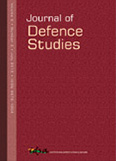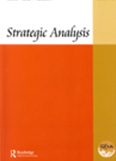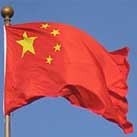Emerging Contours of Maritime Security Architecture under the Belt and Road Initiative
The revival of the centuries-old ‘Silk Road at Sea’ into a 21st Century Maritime Silk Road (MSR) is an integral part of China’s ambitious Belt and Road Initiative (BRI). The Chinese White Paper on its vision for enhancing maritime cooperation broadly confirms this perception, since it considers maritime security assurance as the lynchpin of MSR initiatives. As its trade and overseas economic interests have been constantly growing, Beijing’s strategic concern about protection of these interests has magnified.
- Abhay Kumar Singh
- October-December 2018











